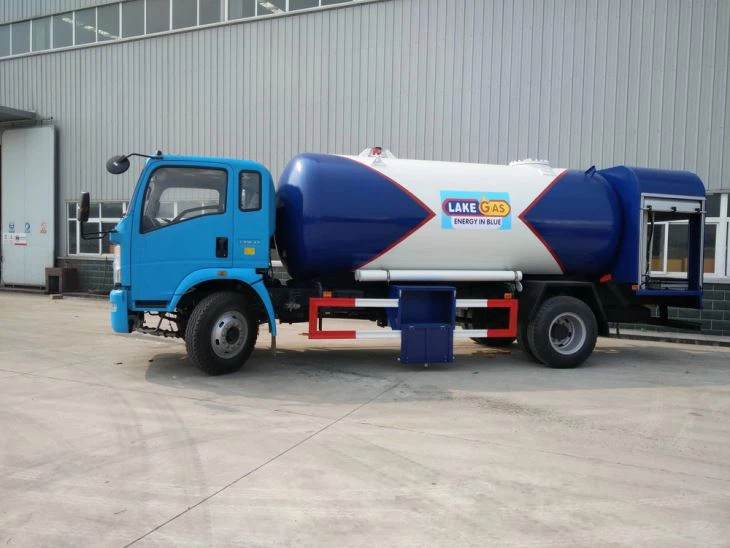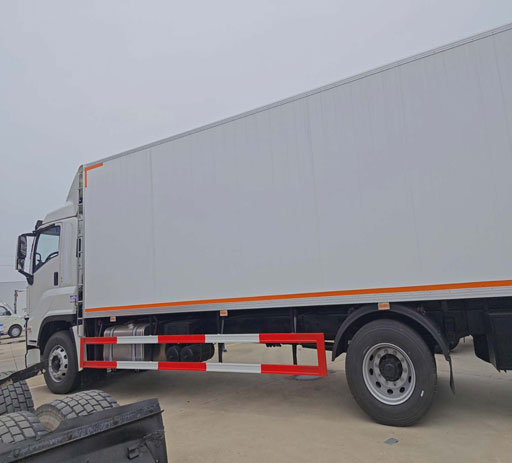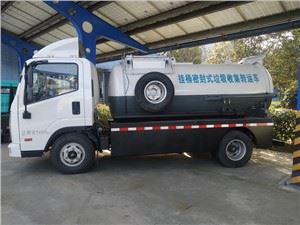Parts of a Garbage Truck: A Comprehensive Guide

Garbage trucks play a crucial role in maintaining cleanliness and sanitation in our communities. Understanding their structure can help us appreciate their operation and importance in waste management. In this article, we will delve into the various parts of a garbage truck, their functions, and how these components work together to perform the essential task of waste collection.
1. Overview of Garbage Trucks
Garbage trucks are specialized vehicles designed for collecting and transporting waste materials. They come in various sizes and types, but all share common components that contribute to their efficiency and functionality. Understanding the parts of a garbage truck is essential for anyone involved in waste management or those interested in municipal services.
1.1 Types of Garbage Trucks
There are several types of garbage trucks, including:
- Front-loading trucks
- Rear-loading trucks
- Side-loading trucks
- Compactor trucks
- Roll-off trucks
2. Major Components of a Garbage Truck
Let’s break down the primary components of a garbage truck:
2.1 Chassis
The chassis is the base frame of the garbage truck, supporting all other components. It’s designed to bear the heavy loads of garbage and provides stability during operation. The chassis typically consists of:
- Frame
- Axles
- Wheels
2.2 Cab
The cab is where the driver operates the vehicle. It’s equipped with the necessary controls for driving and managing waste collection operations. Some important features include:
- Driver’s seat
- Dashboard with controls
- Windows for visibility
2.3 Body
The body of the garbage truck is where the waste is stored during transport. It varies based on the truck type:
- Front-loading: A large container at the front that can be lifted by a crane.
- Rear-loading: A compartment at the back where workers load garbage manually.
- Side-loading: Equipped with mechanical arms that retrieve bins from the side.
2.4 Compaction System
The compaction system is responsible for compacting waste material, allowing for more efficient transport. It functions through a hydraulic mechanism that compresses the waste to maximize space.
2.4.1 Hydraulic System
The hydraulic system consists of pumps, hoses, and cylinders that facilitate the operation of the compaction system. Proper maintenance is vital to ensure that the hydraulic components function optimally.
2.5 Lift Mechanism
The lift mechanism is crucial for automated garbage trucks. This part includes:
- Hydraulic lifts
- Arms for grabbing bins
2.6 Safety Features
Safety is paramount when it comes to garbage trucks. They include various safety features such as:
- Brake systems
- Backup alarms
- Reflective markings
3. Waste Collection Process
The waste collection process involves several steps, which showcase how the various parts of a garbage truck work together:
3.1 Pre-collection Inspection
Before departure, drivers conduct a thorough inspection of the truck, checking the compaction system, hydraulic operations, and safety equipment. This helps prevent breakdowns during collection.
3.2 Route Planning
Efficient route planning is done to minimize travel time and fuel usage. GPS systems often assist in this task.
3.3 Collection and Compaction
During collection, operators utilize the lift mechanism to retrieve bins, which are then emptied into the truck’s body. The compaction system ensures that the waste takes up minimal space, maximizing capacity.
4. Maintenance of Garbage Truck Parts
Regular maintenance is essential for ensuring all parts of a garbage truck function effectively. Here are some maintenance tips:
4.1 Daily Checks
Drivers should inspect key components, including:
- Tires for proper inflation
- Fluids (oil, hydraulic fluid) levels
- Lights and signals
4.2 Scheduled Servicing
In addition to daily checks, garbage trucks should undergo scheduled servicing. This includes:
- Changing oil and filters
- Inspections of brakes and hydraulic systems
- Replacing worn-out parts
5. Innovations in Garbage Truck Technology
As technology advances, garbage trucks are becoming more efficient. Innovations include:
5.1 GPS Tracking
Modern garbage trucks are equipped with GPS systems to monitor routes, improving efficiency and reducing operational costs.
5.2 Smart Sensors

Some trucks now feature smart sensors that can detect load weight, aiding in efficient route planning and helping avoid overload issues.
5.3 Electric Garbage Trucks
With sustainability in mind, electric garbage trucks are being developed to reduce emissions and reliance on fossil fuels.
6. The Importance of Garbage Trucks in Waste Management
Garbage trucks are vital in waste management for several reasons:
6.1 Public Health
By efficiently collecting waste, these trucks help prevent the spread of diseases associated with waste accumulation.
6.2 Environmental Protection
Garbage trucks ensure proper disposal of waste, thus protecting the environment and promoting recycling efforts.
6.3 Community Maintenance
Regular waste collection contributes to the overall cleanliness and aesthetic appeal of communities.
7. Frequently Asked Questions
7.1 What are the main types of garbage trucks?
The main types are front-loading, rear-loading, side-loading, compactor, and roll-off trucks.

7.2 How does a garbage truck compact waste?
A garbage truck compacts waste using a hydraulic system that compresses the material to maximize space.
7.3 What safety features do garbage trucks have?

Garbage trucks are equipped with backup alarms, reflective markings, and effective braking systems to ensure safety during operation.
7.4 How often should garbage trucks be maintained?
Garbage trucks should undergo daily inspections and scheduled servicing, typically every few months, depending on usage.
7.5 What role do garbage trucks play in recycling efforts?
Garbage trucks not only collect waste but can also be designed to separate recyclable materials during collection, enhancing recycling efforts.
7.6 Are there any environmentally friendly garbage trucks?
Yes, many manufacturers are developing electric and hybrid garbage trucks to reduce emissions and environmental impact.
